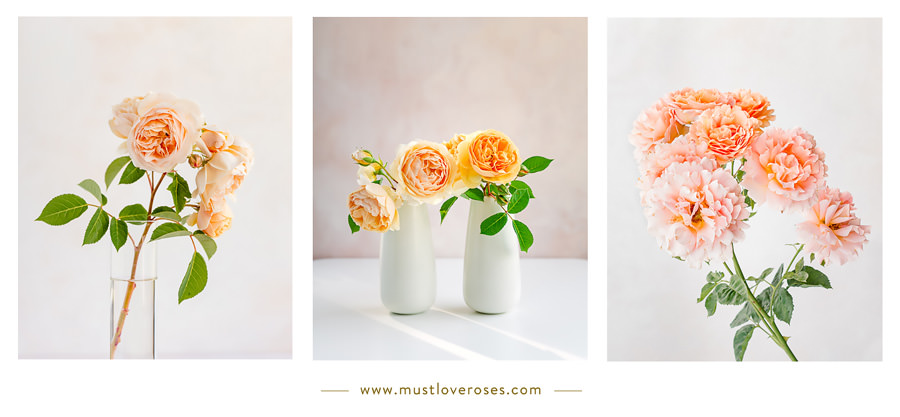
Flowers… beautiful, delightful, glorious flowers… they’re my life muse, the reason behind most of my travels, and oh, they’re also my favorite photography subject! One major element of flower photography is using the best type of lens in order to capture all the stunning details and to make the flowers pop and stand out from the background. In this post, I’ll share with you my absolute favorite lenses for flower photography and include some tips on how to choose the best one for yourself. I’ve included recommendations for Nikon, Sony & Canon cameras. I’ve also included some flower photos that I’ve taken in parks, gardens, and also in my living room!
* This blog post may include affiliate links for which I may receive a small compensation. Learn more about my affiliate & cookies policy here. Thank you for supporting this flowery blog! 💛🌸🌿
What Makes a Good Flower Photography Lens?
What makes a good flower photography lens? I have a list of must-have technical specifications, but it also depends on what setting I’m in – whether I’m at home shooting in my living room, or if I’m at a park trying to capture flowers that are a little further away. But first, here are my must-haves.
The lens must be:
- Super sharp, in order to capture those amazing details!
- Able to create a beautifully blurred background, aka bokeh
- Able to shoot flowers that are farther away, such as magnolias on high trees, or flowers in a park or garden
- Able to focus close up (macro) if needed (optional)
- Able to produce beautiful pictures

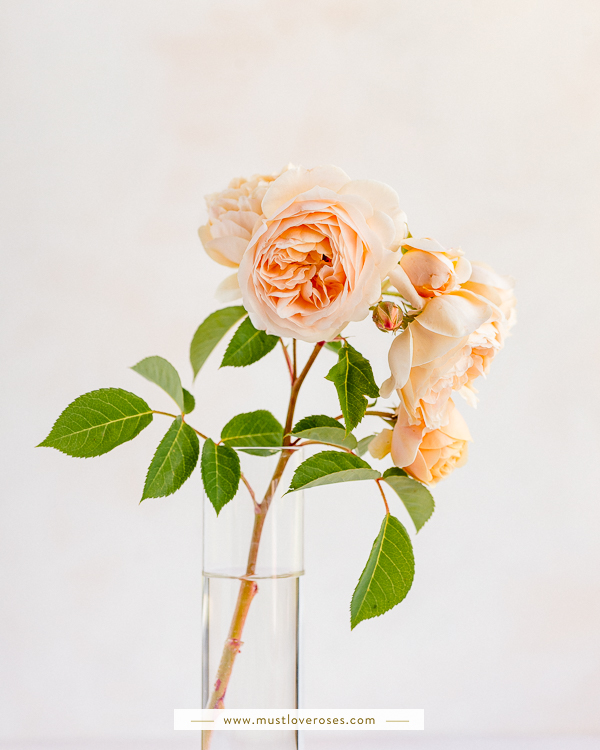
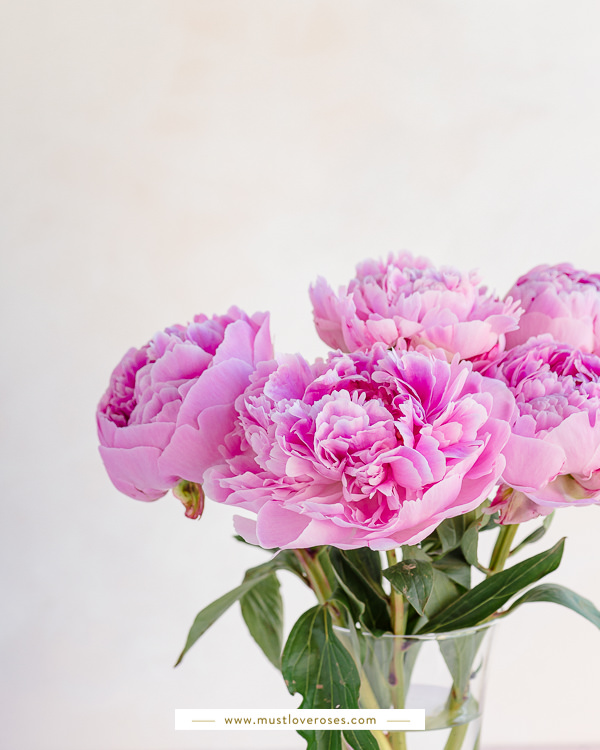
After years of experimenting with different types of lenses, I’ve found that a telephoto (long focal length) lens that is 50mm or longer, with a wide aperture, meets all of those criteria the best.
I love a fixed focal length lens (a prime lens) because it’s usually sharper and has less distortion than a zoom lens that has variable focal lengths (less complicated = better + more consistent). It’s also usually cheaper than a zoom lens. However, I do sometimes use zoom lenses for versatility, and they can also work well for flower photography.
A telephoto lens is good for flower photography because it can separate the subject better and create a better bokeh than a non-telephoto lens. It will also allow you to take pictures of flowers without having to get too close and will allow you to take pictures of flowers that are farther away.
A lens with a wide aperture is good for flower photography because will create a better bokeh and allow more light in. The aperture is usually indicated by the number after the focal length, with a smaller number/f-stop correlating to a wider aperture. For example, a 50mm f/1.4 lens has a maximum aperture of 1.4, which is wider than a 50mm f/1.8 lens. To really isolate a subject well, you’ll want a maximum aperture of less than 3.0. Note that a wider aperture lens will usually cost more though.
Choosing the best lens for yourself will ultimately come down to which focal length is best for your most common shooting environment and which lens is compatible with your camera.
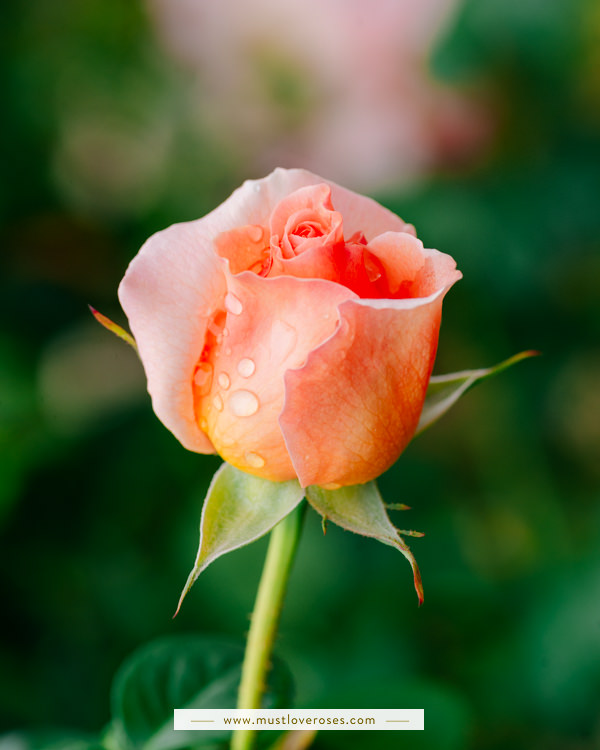
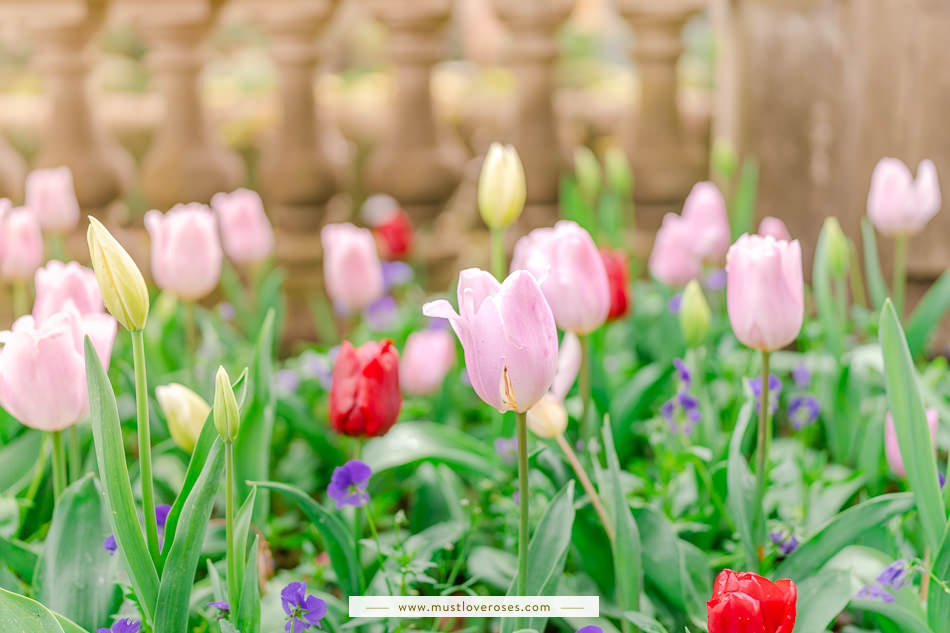
My Two Favorite Lenses for Flower Photography
My two favorite lenses for flower photography are a 105mm macro lens and a 50mm f/1.4 prime lens. The 50mm lens is my go-to lens for most situations, but I absolutely LOVE the 105mm macro lens for flowers. (The featured photo above of a rose with water droplets was captured with a Nikon 105mm macro lens and a Nikon D750 DSLR.) I use a Nikon DSLR camera with the Nikon 105mm f2.8g and the Nikon 50mm f1.4G lenses.
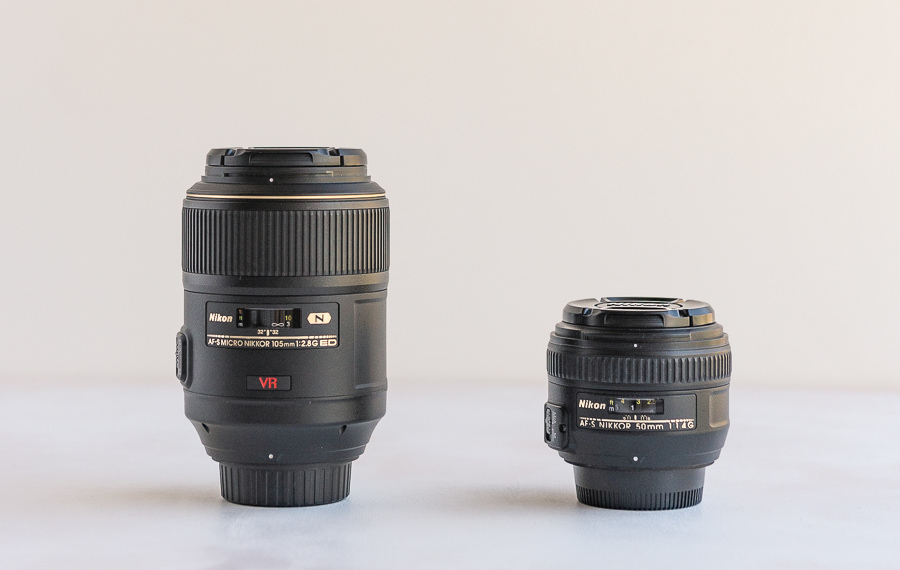
What I love about the Nikon 105mm lens is how sharp it is and how every single picture is perfect, at every aperture. Every. Single. Time. Much more so than all of our other lenses somehow, because it seems to have a special kind of magic built-in! It blows me away every time. (Some of the reviews on Amazon are “Scary Sharp”, “Too Sharp”, “My Prized Possession”.) Pictures look fantastic with a beautifully blurred background at every single aperture. With a 50mm lens, I use a very wide aperture to try to get a similar picture, and it’s a great picture, but in terms of bokeh, it still can’t compare to the telephoto macro lens!
Being a 105mm macro lens, it can capture incredible flower details and also take pictures of flowers such as magnolias that are higher up on trees (see pics below). I only switch lens if I absolutely have to – for example if I want to be in the picture also but there’s not enough room for Ken to back up to take the photo. In that case, I’ll switch to my other favorite lens, the 50mm.
Note – the Nikon 105mm macro lens that I have for DSLR cameras has now been discontinued, replaced by a very similar lens for their mirrorless cameras, the Nikon Z MC 105mm f/2.8 lens. This lens also has great reviews.
My Recommendations for Flower Photography Lenses
My recommendation for flower photography is to first get a 50mm prime lens if you don’t already have one. It’s a great all-around versatile lens that should definitely be a part of your kit. The wider the aperture, the better the bokeh will be. Then, I highly recommend a fixed telephoto lens up to around 105mm. It won’t be as versatile as the 50mm, and you may not be able use it for flat-lays unless you have a ladder, but it will capture even more amazing flower pictures than a 50mm lens! A lens over 105mm would be heavier and bulkier, but if that doesn’t bother you, it should work fine too.
As for potential downsides, a telephoto lens may not be practical for some situations, especially if you do a lot of indoor shooting and you don’t have enough room to back up to achieve the framing that you want. I had to move and rearrange quite a bit of furniture in order to set up a photo spot in my living room so that I can use the 105mm lens without getting only extreme close-ups of my flowers. If you’re concerned about having the same issue, you can get a shorter telephoto lens such as an 85mm. A telephoto lens is also usually more expensive than a 50mm lens, but it’s 100% worth it if you love flower photography. I also love it for portrait photography!
We recently purchased a Sony mirrorless camera and have the Sony FE 90mm f/2.8-22 Macro G OSS lens that I hope to test soon!
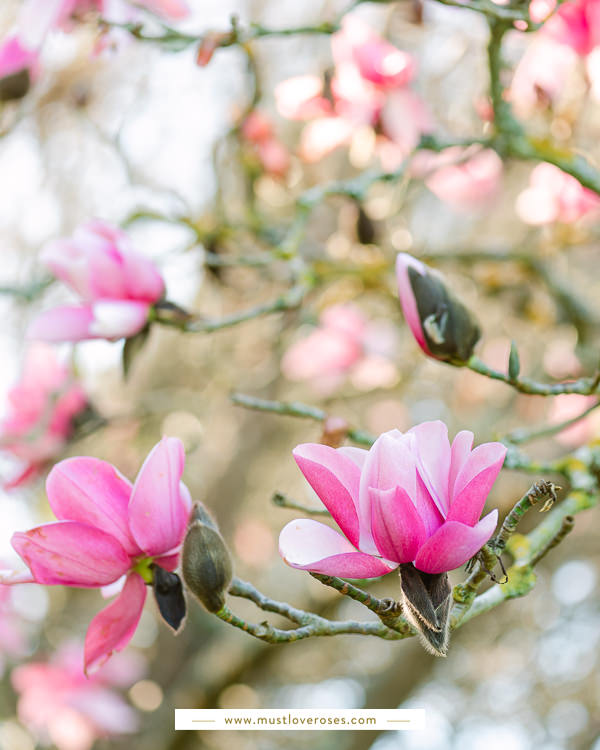
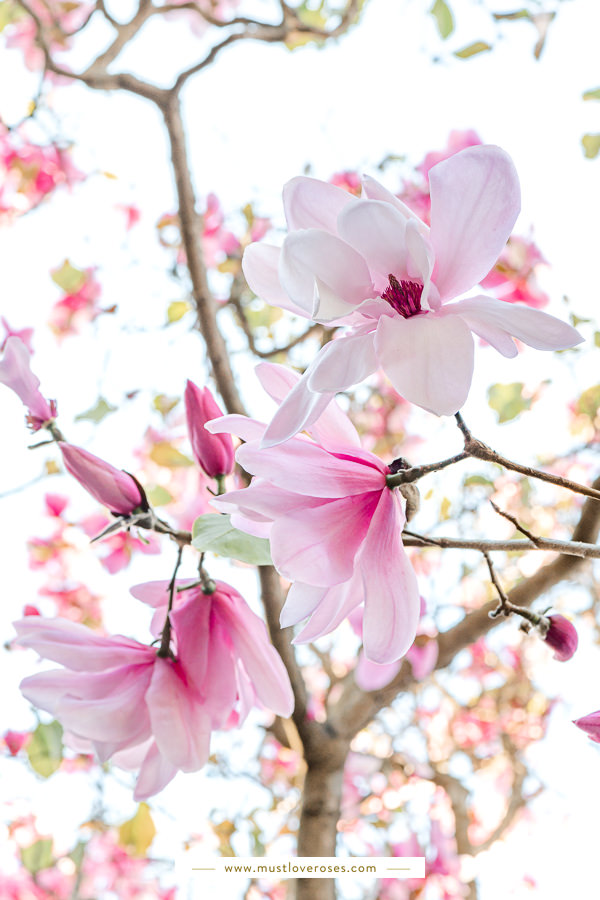
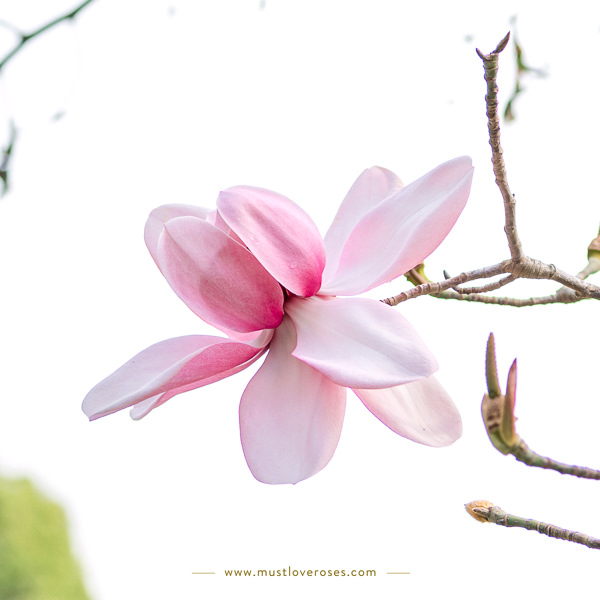
Highly Rated Lenses for Flower Photography
Regardless of the camera system you have, you can find some great lenses for flower photography. I have used a Nikon DSLR for the past 6+ years, and we recently bought two Sony mirrorless cameras that we also like. We’ve also used Canon cameras in the past. All of these companies make great cameras and lenses – the choice is yours! Here are some highly-rated lenses that would be great for flower photography! Most of these lenses are for full-frame cameras – they would also work on APS-C cameras, but with a crop factor. I do recommend getting a full-frame camera for much greater photo details – you’ll also get much more editing capabilities with your photos.
All links below are from Amazon for reference, but you can also purchase from camera stores such as B&H.
For Nikon DSLR cameras:
Nikon 50mm f1.8G / Nikon 50mm f1.4G
Nikon 105mm f2.8G macro (now discontinued, available used only)
Nikon 85mm f1.8G / Nikon 85mm f1.4G
For Nikon mirrorless cameras:
Nikon Z 50mm f/1.8 S
Nikon Z 85mm f/1.8 S / Nikon Z 85mm f/1.2 S
Nikon Z MC 105mm f/2.8 lens
For Sony mirrorless cameras:
Sony E 50mm F1.8 OSS Portrait Lens
Sony FE 50mm F1.4 GM Lens
Sony FE 90mm f/2.8-22 Macro G OSS (macro)
Sony FE 85mm f/1.4 GM
Sony 100mm f2.8
For Canon DSLR cameras:
Canon EF 50mm f1.4
Canon EF 100mm f/2.8L IS USM (macro)
Canon EF-S 60mm f/2.8 (macro lens for APS-C / DX cameras)
For Canon mirrorless cameras:
Canon RF50mm F 1.2L USM
Canon RF50mm F 1.2L USM
Canon RF 85mm F2 Macro IS STM (macro)
Canon RF100mm F2.8 L Macro is USM (macro)
For Fuji cameras:
Fujinon XF60mm f2.4 R (macro)
Fujinon XF80mm f2.8 R LM OIS WR
Fujifilm XF90mm f2 R LM WR
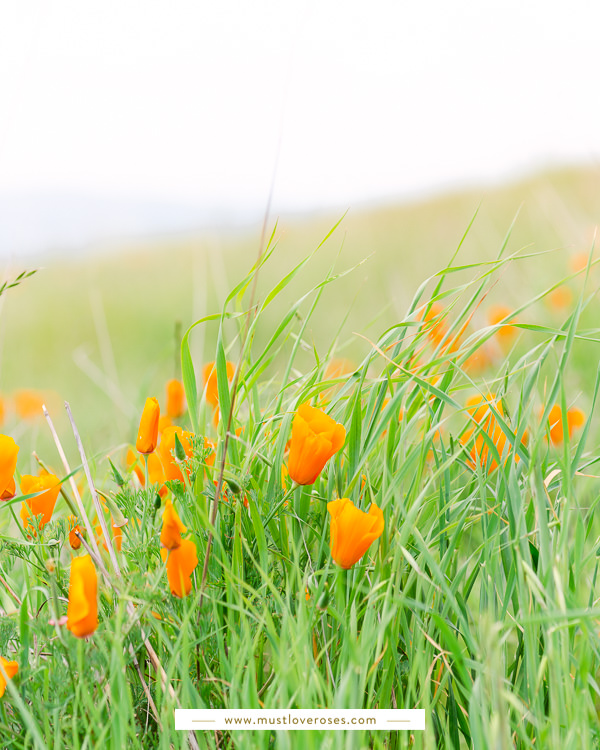
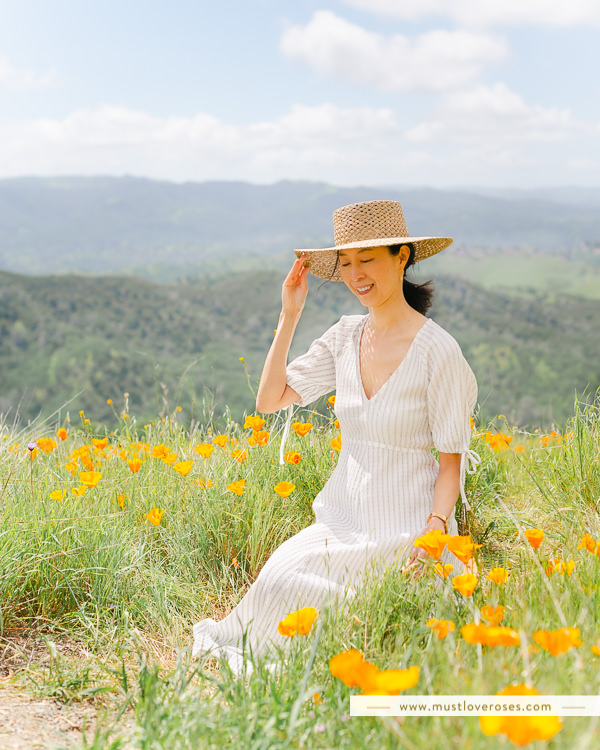
Cell Phone Flower Photography
Cell phone camera quality has become very good in recent years, especially if there’s adequate lighting, so if you have a newer cell phone, you can certainly use that to capture beautiful flower pictures when you’re traveling or don’t want to carry a heavy camera! However, keep in mind that a good cell phone picture will still not be able to compare to a DSLR or mirrorless picture in detail and image quality due to the much smaller sensor size! Here are some tips for cell phone flower photography:
- Use a “Portrait” or “Macro” setting if available.
- Manually select the focus area with your fingers.
- Make sure to not get closer to the subject than the camera’s minimum focus distance.
- If it’s a white or light-colored flower, consider lowering the exposure.
- Make sure your phone is steady with no hand movement or heavy wind. I use a Popsocket on the back of my large iPhone for balance and really like it!
- Consider a clip-on macro lens with good reviews for your phone camera.
Finals Tips
Aside from the focal length and the brand, here are some other factors you should consider for your flower photography lenses:
Versatility – How versatile do you need your lens to be? If you need a single lens to be able to take pictures of flowers, people and flat-lays, then a 105mm lens is probably not a good fit for you. A 50-60mm lens would probably be a better choice in that case. If versatility is not so important to you and you’re willing to switch lens once in awhile, then I would definitely go for a longer focal length lens!
Size and Weight – Pay attention to how big and how heavy the lens is and consider whether you’ll be comfortable with it. Compare it to your other lenses to assess whether it will be manageable for you. My favorite 105mm lens is twice as big and more than twice as heavy as my 50mm lens, but I consider it well worth the extra size and weight!
Product Reviews and Sample Pictures – A good camera lens is a big investment, so I always read both professional and customer reviews to see what the potential shortcomings are, and to see how real life pictures look like. I like to read reviews on both Amazon and B&H Photo Video, both of which allow users to upload their own pictures and allow you to filter for negative reviews. Pay attention to how sharp the details are, how good the bokeh is, and how happy customers are with the lens.
- Tripod – One of the most common causes of blurry pictures is hand movement, so use a tripod if possible. I love my Manfrotto tripod with horizontal arm!
Lens Filter – Finally, make sure that you’re not sabotaging your fantastic lens by putting an inferior lens filter on it! I learned the hard way that using a lower-quality lens filter is a sure-fire way to degrade the quality of your images no matter how good the lens is. I recommend either skipping a lens filter (especially when shooting indoors), or only using a high quality one. Two brands of filters that I use and can recommend are B+W and Nikon.
My YouTube Channel!
I’ve started a YouTube channel! If you love nature, flowers and gardens as much as I do, make sure to give me a follow there! 😊🌸🌿
The Roses of the Secret Garden
Step inside a fairytale rose garden, so beautiful and magical, full of blooming roses in every pastel color. Enjoy 4k UltraHD close-ups of David Austin roses, climbing roses, rose pillars, rose walls, and a rose-covered gazebo taken with my Sony A1 camera! 🌸
Thank You!
Thank you for stopping by my blog! I hope you found this post useful, and I hope you have a wonderful day!
Pansy ❤️
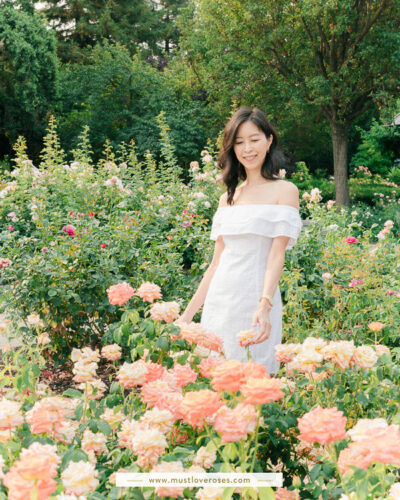
Hi, I’m Pansy!
Hello, thanks for stopping by! I’m Pansy, a California-based photographer, flower & nature lover, and travel blogger. 🌸🌼🌿
I also have a YouTube channel where I feature beautiful gardens, parks & flower fields. Make sure to follow me there if you love flowers & gardens! 😊
If you’d like to contact me, please send me an email or DM me on Instagram!
Pansy ❤️
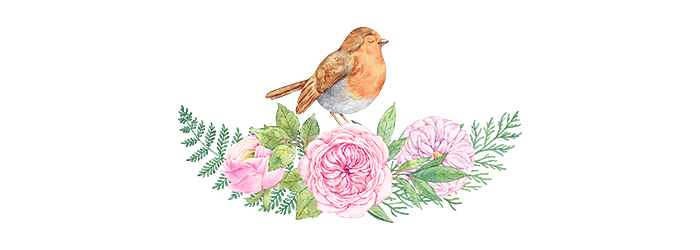

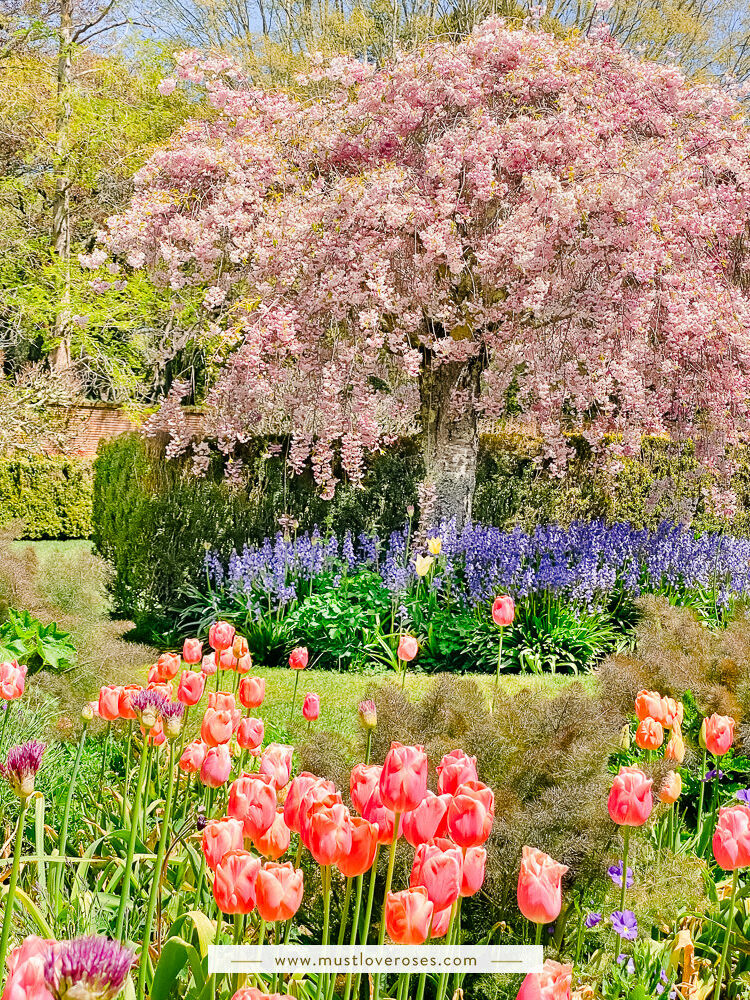
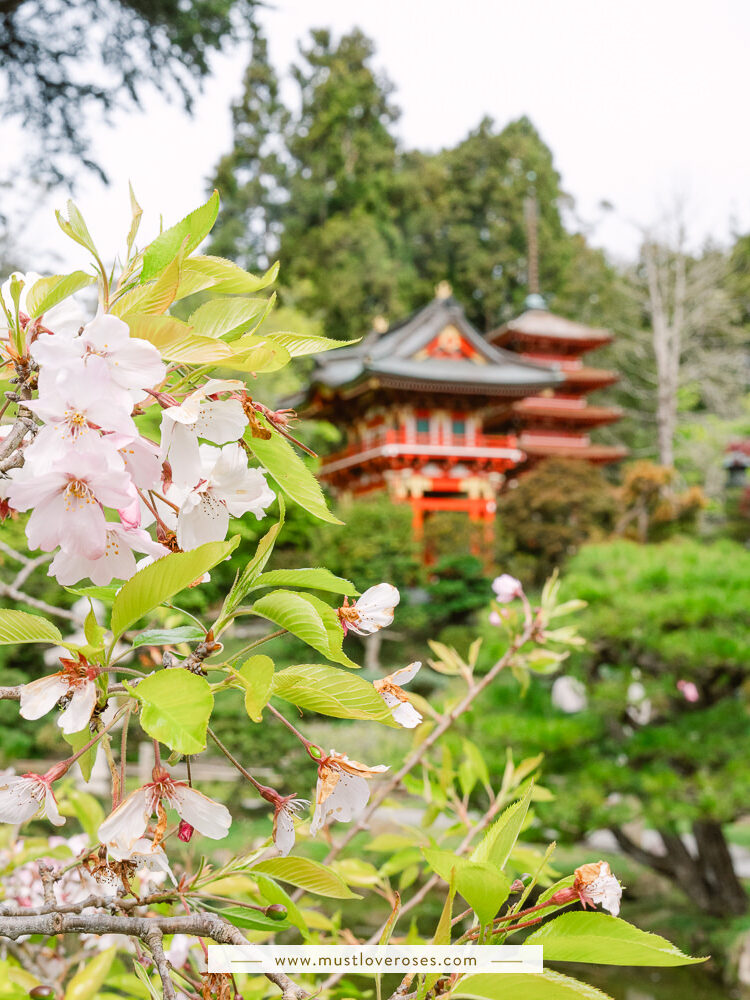
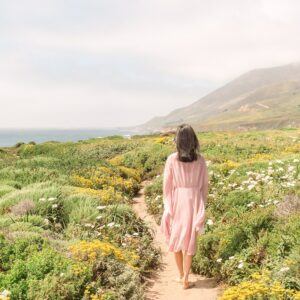
Super article.
Many thanks
Ian Hall
I recently stumbled across your blog when reading about the lupine fields and went down a rabbit hole of combing through all of your posts about flowers, your travels, and everything. I just want to say that your page is immaculate and very informative. I also appreciated your flower calendar as many photographers often keep locations secretive, so I really appreciate your transparency. Continue to travel and shoot more photos! I will be following you on your socials!
Hi Metta, Thank you so much for your kind words!! I can’t express enough how much I appreciate them and how encouraging they are to me!! ❤️
Wow this is SO helpful! Thank you so much for this, it was exactly what I was looking for. So many macro recommendations are all about dewdrops and bug faces, this helped me better understand about taking pictures of whole plants, not just detail shots. I’m a plant scientist so it turns out a floral photographer was exactly the person I needed to learn from! I’m investing in the 105mm and am super excited. Thank you so much for your generosity!
Hi Liz! I’m so glad you found it helpful! Happy photographing! 🙂
Your photos are just so dang gorgeous, I’m so inspired!
One question, only if you’re willing to share, do you ever use a flash with your 105mm in the field? It seems like you need a lot of light to get clear, fast shots, and sometimes the sun isn’t behaving. I’m considering investing in a hot shoe to bring with me for field plant photography and would love any input, if you have an opinion!
Hi Liz, no I’ve never needed to use a flash with the 105mm lens. I’ve used it at all times of the day and have never really felt a need for it. I also prefer the look of a photo using natural light only. I do use a tripod when I’m shooting indoors with less light. For field plant photography (what a cool job btw!), a flash might be helpful if it’s an overcast day and you need all the details, but I recommend using a diffuser with it so that the light isn’t too harsh. Hope this is helpful! 🙂